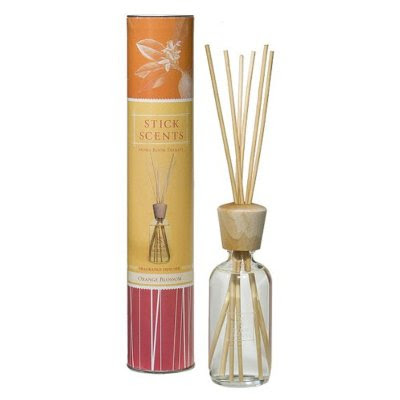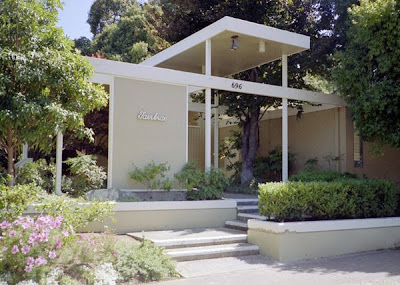Someone sent me this yesterday along with a gushing note, "OMG! Did you see Jonathan Adler has reed diffusers now?" No, I didn't know and I suspect that I was happier not knowing than I am now.
Good Lord, in what kind of a world to people gush over a $68 bottle of stink? And no, $68 is not a typo. Further, why would anyone pay someone $68 for a bottle of stink who's previously recommended this for a girl's bedroom?
How is that even remotely attractive? I get it, he's being campy. But please, does an eight-year-old girl need to live with a middle-aged man's idea of what's clever? Does anyone really want their kids to sleep in a room that purposely ugly? If I haven't mentioned this in a while, the emperor has no clothes.
If I want a reed diffuser, why should I not buy this one from Target for $9? At $9, it's still a waste of money but it's a little more palatable than it is when it costs seven-and-a-half times as much.
This same, thoughtful soul who sent me the alert about the Adler reed diffusers takes absurd delight and sending me all sorts of helpful reminders. Most of them have to do with the hidden dangers posed to me by the mysterious "toxins" that surround me and why I need to "live green" and "detoxify" myself regularly. So lady who will remain anonymous, this one's for you.
The conventional wisdom holds that one of the "toxins" that threaten me with every breath are VOCs. Well, conventional wisdom likes to latch onto a scientific concept and then run with it to as many silly ends as are available. VOC is an acronym and it stands for volatile organic compound. Volatile means that something evaporates at room temperature. Organic means that something's carbon-based (not the meaningless label people use to charge more for groceries), and a compound is a blend of two or more chemical elements.
VOC is a generic term and it can describe anything from the scent of a rose to paint fumes. However, the
US EPA has identified a subset of VOCs as health threats. A small subset of VOCs are reason for concern, and one of those VOCs is called dipropylene glycol methyl ether or DPGME. If you ran a business and you allowed you employees to be exposed to high levels of DPGME, you would be shut down and fined so fast you wouldn't know what hit you.
Now, reed diffusers are an odd bird. How they work is that a scented oil concoction is allowed to evaporate slowly through a wicking action. A scented oil (which is a VOC) by itself is too thick to wick efficiently so it's mixed with a chemical like ethyl alcohol (another VOC) to thin it out. Once it's thinned though, it wicks
too efficiently and it needs a third chemical, another VOC, to slow it down. That VOC is more often than not our old pal dipropylene glycol methyl ether, or DPGME.
So when you buy a reed diffuser, whether it's an absurdly priced one from Jonathan Adler or a cheaper one from Target, you are filling your bathroom with DPGME and it very rapidly exceeds levels deemed to be safe for occupational exposure by the EPA and OSHA.
Here's OSHA's fact sheet on DPGME. Isn't it hilarious that a lot of the same people who claim to get sick from paint fumes can fill their homes with reed diffusers and scented candles and thrive?
Chemistry's your friend folks. Really.




















